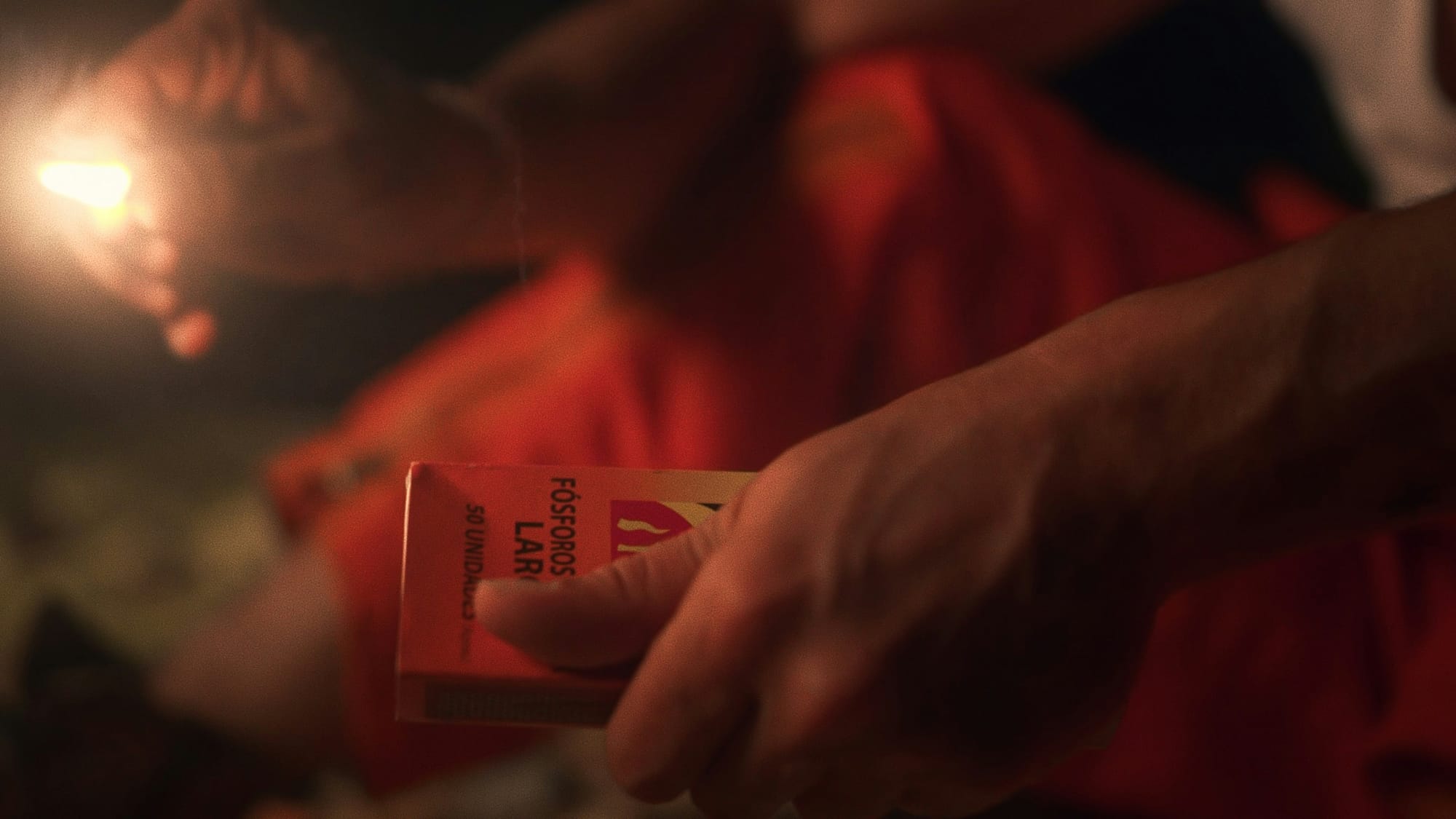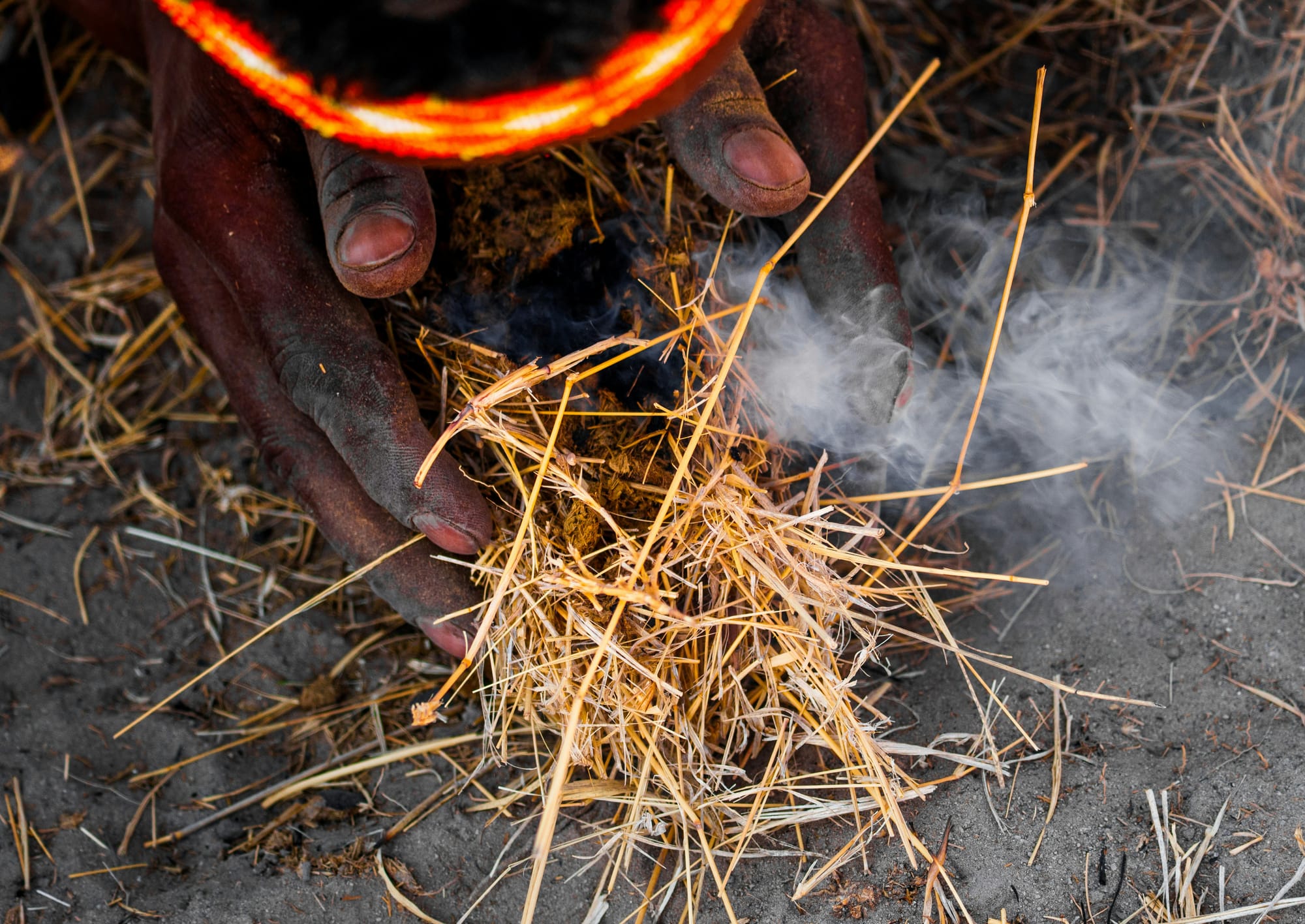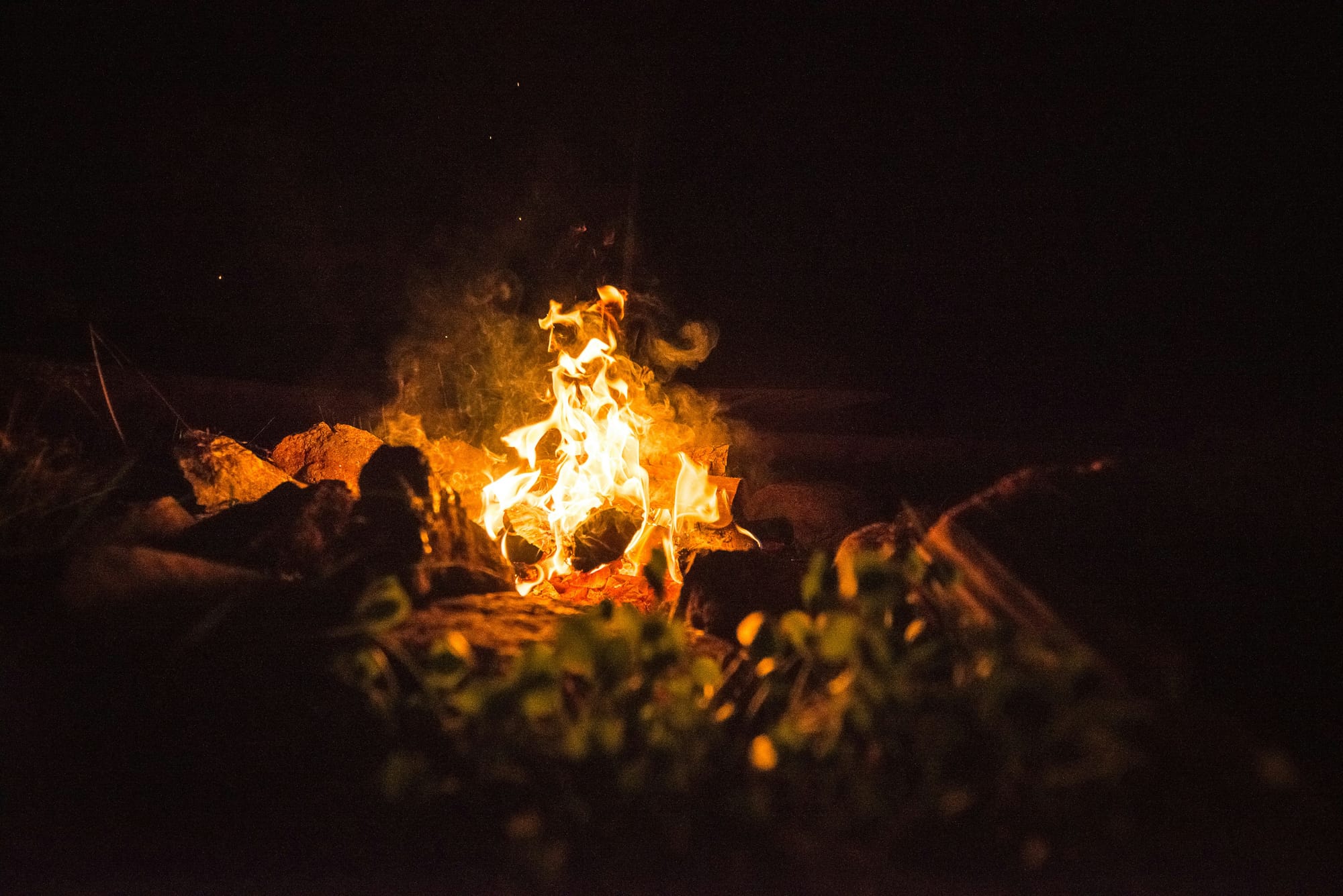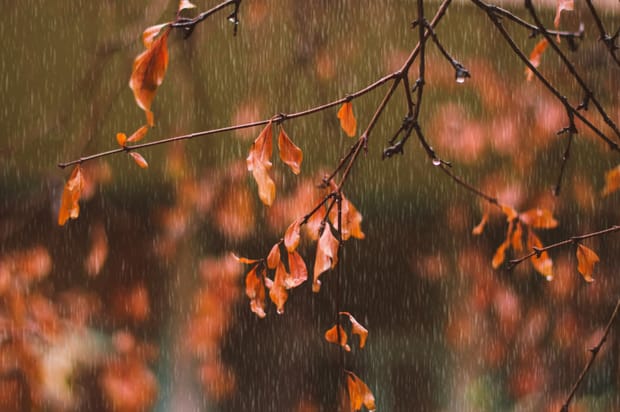Rain changes the way the woods smell, the way the ground feels underfoot, and the way fire behaves. Building a campfire when everything is damp takes patience, not force. The routine shifts from quick work to careful steps. You move slower, pay attention to the small details, and rely on the materials that still carry a bit of dryness inside them.

The first step is the search. Walk past the fallen branches and look for dead standing wood. Anything resting on the forest floor has likely absorbed too much moisture. A branch that snaps cleanly is worth more than a thicker piece that bends. Split it open with your knife or small axe. The outer layer may be soaked, but the inside often stays dry. That inner wood becomes the heart of your fire.
Once you have a few pieces, prepare more than you think you need. Wet weather always demands extra fuel. Work slowly. Shave thin curls from the dry inner grain. These strips catch flame better than loose twigs in damp conditions. A pile of feather sticks can turn a stubborn flame into a steady burn.

Keep your fire tools dry. A lighter or ferro rod stored in a field bag or inner pocket gives you a head start. It only takes a few drops of water to make ignition frustrating. Strike your fire source close to the material. Let the sparks fall exactly where you need them. A small flame in wet weather is fragile, so guard it with your hands and body. Shield it from wind and falling droplets.
Once the flame catches, feed it thin, dry material first. Even if you’re cold, resist the urge to pile on larger wood. Wet branches will smother a weak flame. Build the fire slowly. Let it warm itself into strength. When the thin pieces burn with confidence, move to finger-width sticks. Only after the fire crackles with heat should you add thicker pieces.

In steady rain, choose a sheltered spot if possible. The underside of a leaning rock, the hollow between tree roots, or the lee side of a fallen log can give you a break from direct rainfall. Even a small shift in placement helps the flame breathe. If your field bag carries a cloth or a piece of canvas, use it to keep the ignition area dry for the first few minutes.
Keep gathering fuel as the fire grows. Wet weather demands preparation. You’ll burn through the smaller pieces quickly, and you don’t want to lose momentum. A steady fire creates a pocket of dry air around itself. You can warm damp branches beside it and use them later. Let the fire dry your fuel before you feed it.

When the flames settle into a steady core, the routine becomes easier. You sit close, hold your hands out, and listen to the soft hiss of moisture leaving the wood. The smoke smells heavier on wet days, and it hangs low under the trees. You feel the shift in temperature as the fire gathers strength. A small fire built well in the rain feels more rewarding than a large one built in perfect weather.
Wet-weather firebuilding is not about speed. It’s about calm work and good habits. Dry inner wood, careful preparation, and a patient start make the difference. When the fire is burning and the rain still falls through the branches above, you feel the reward of steady practice.







